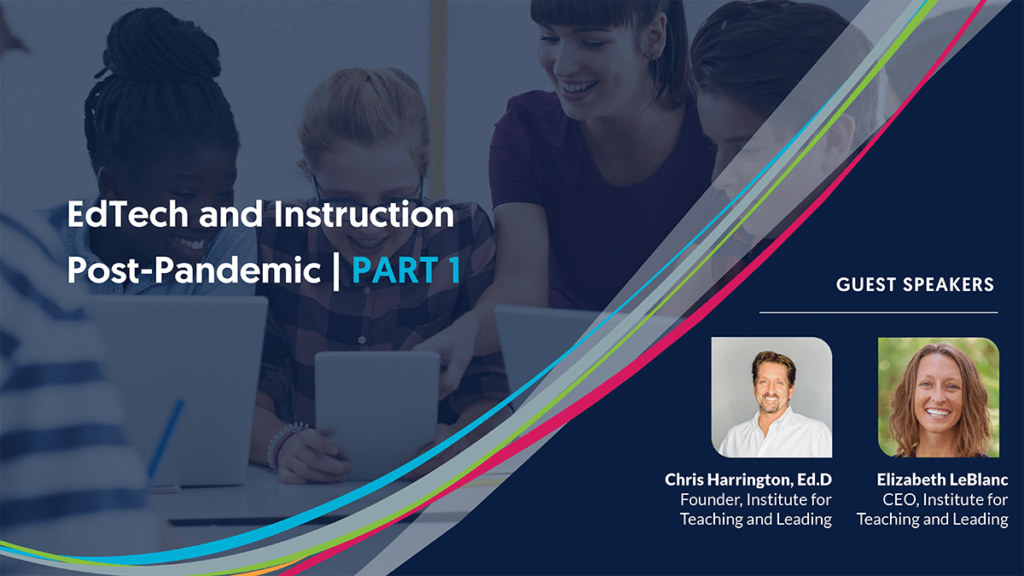
Dr. Christopher Harrington and Elizabeth Leblanc from the Institute for Teaching and Leading, and Lightspeed Systems, discuss instruction and educational technology in hybrid or remote learning models as students return to in-person learning in the fall of 2021.
What you’ll learn:
- How instructional philosophies evolved as a result of remote and hybrid learning
- What 1:1 instructional models will look like moving forward as districts continue to invest in EdTech
- Gain insights on what we anticipate this fall and how to ensure you keep the EdTech prevalent as we return to in-person instruction